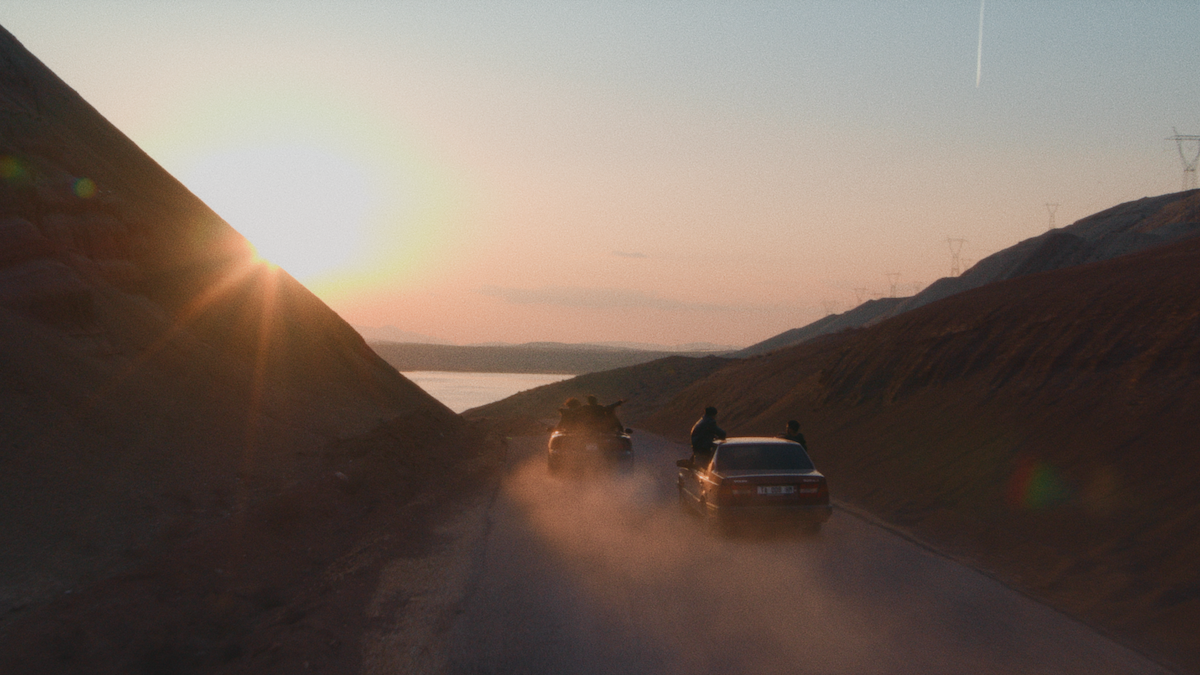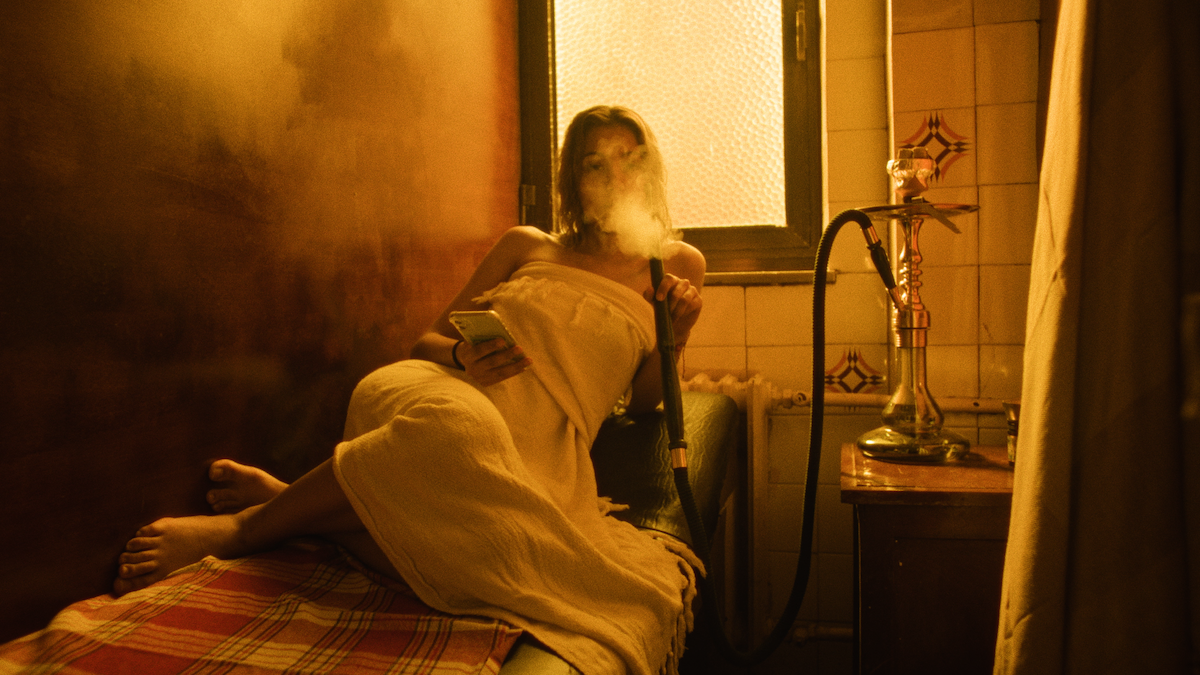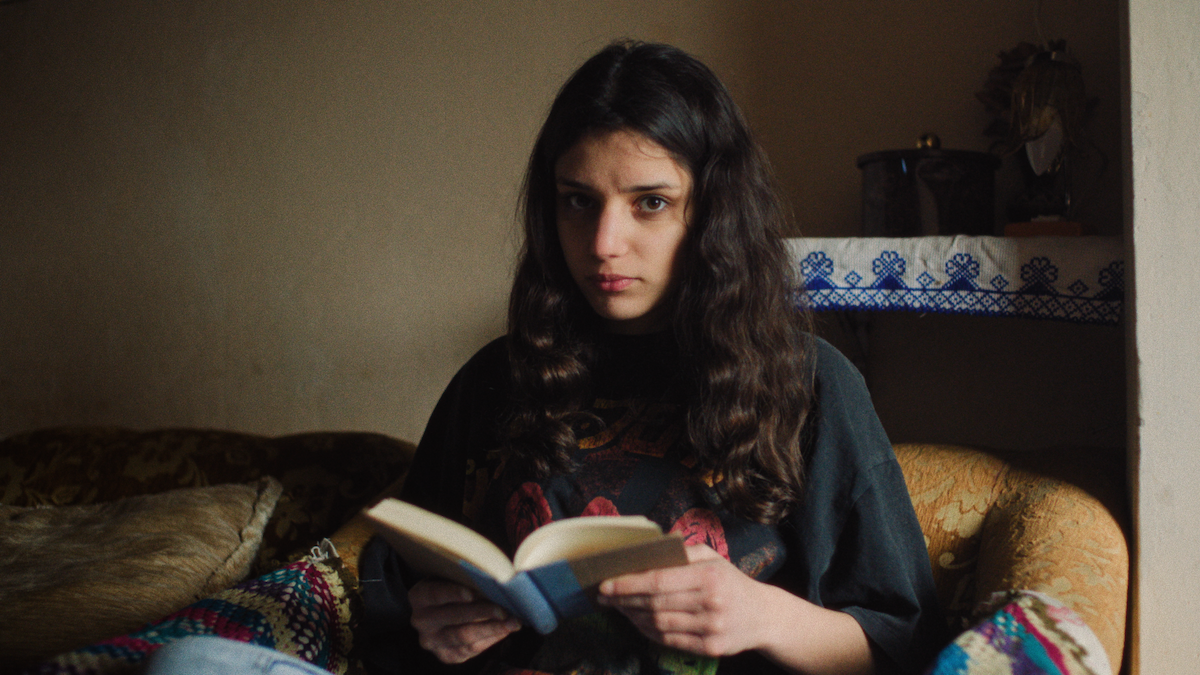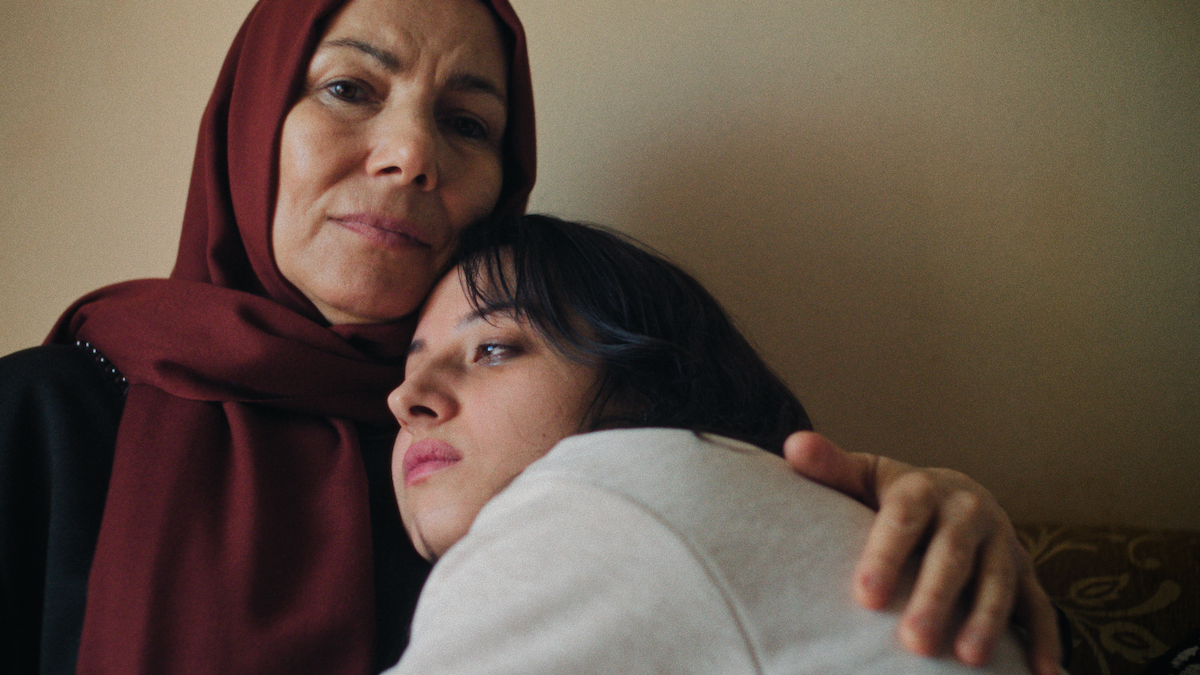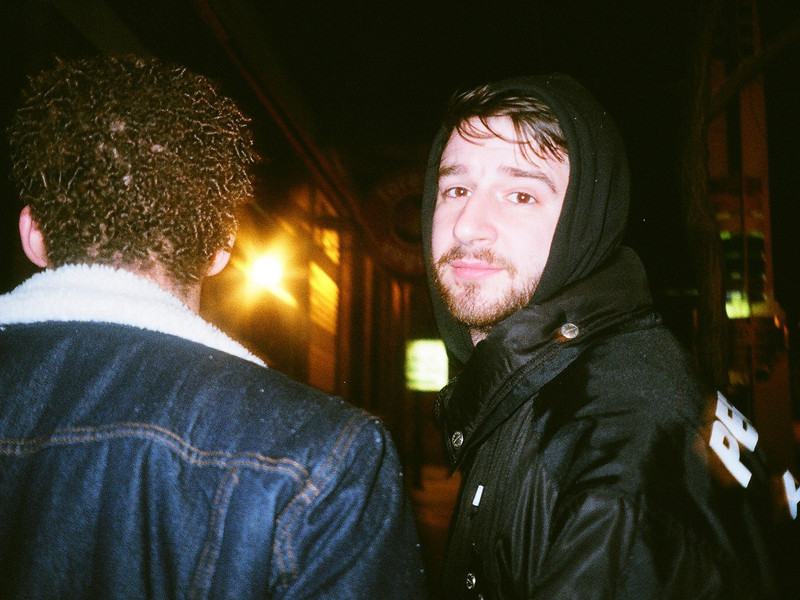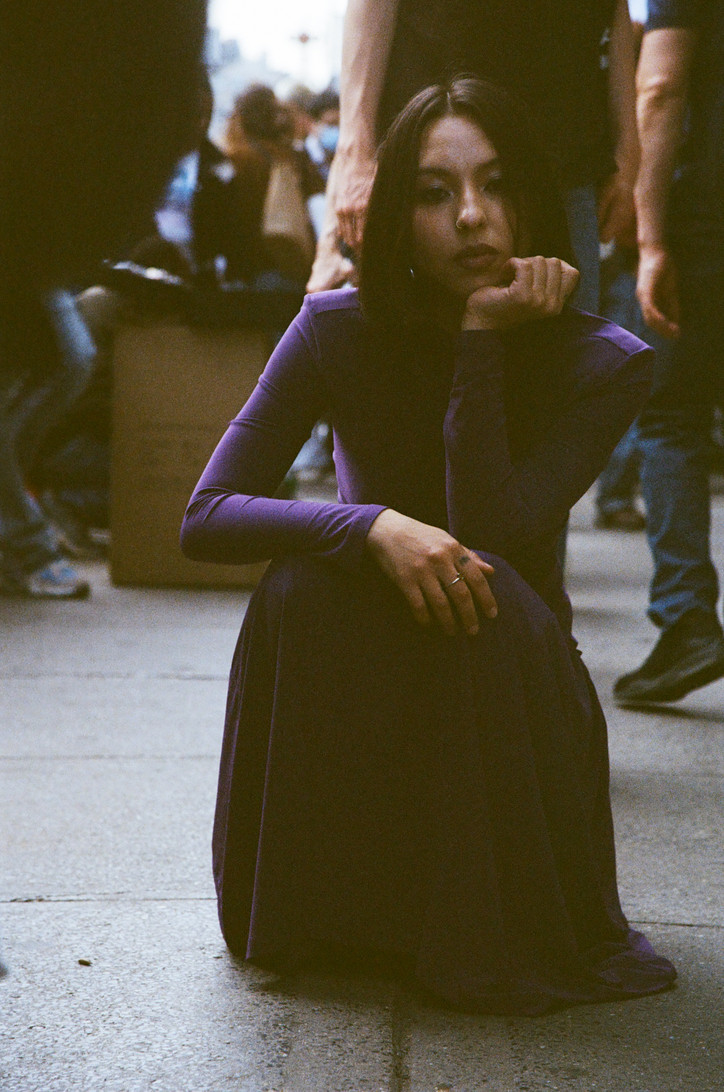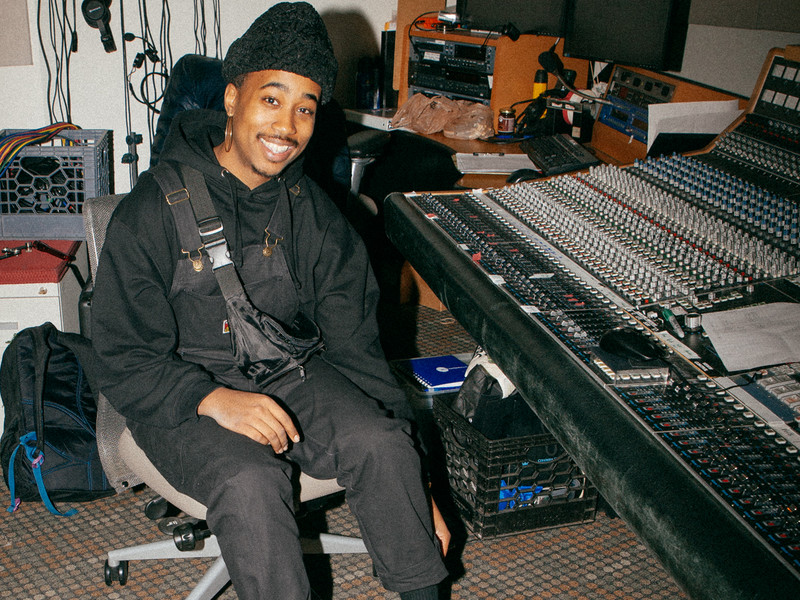Amara Abbas Wants You To Feel Something
The opening scene combines the muted sounds of chaos against the labored breaths of a young girl surrounded by the remnants of a riot in a city on fire. “To put a child at the center of it adds to the seriousness of what’s happening. That’s the genesis of the entire film… we never go back. It’s about finding a city at its phoenix moment,” she says. From there, the viewer is transported alongside a group of women through winding roads and valleys at sunset to hammams, futuristic cityscapes, and underground clubs. Led by hypnotizing Turkish sister dancer duo İlayda İpekçi and Aybike İpekçi, it’s disordered, disruptive, and disarming at the same time, blurring the lines between rage and relief while urging us to question what it means to be living in a reality riddled by its past and on the brink of a new future. “What does freedom actually mean? What is the psychological experience of someone who’s now on the other side?” asks Abbas.
The track features renowned Palestinian singer, composer, and flutist Nai Barghouti, whose vocals reverberate throughout, eerily echoing a warrior princess war cry before giving way to an unexpected fusion of dubstep, jungle, and Arabic music. The Zaghrouta — a high-pitched rhythmic sound, or uluation, typically used as an expression of sorrow, joy, celebration, or reverence in Middle Eastern and North African cultures — combined with the percussion of the traditional darbuka brings forth a sense of melodic haste which is compounded by the erratic nature of each scene interpolated with flashes of girls and women defiantly staring down the lens of the camera. It becomes nearly impossible to look away, especially when confronted with glimpses of more intimate moments of familial or romantic affection.
In a rare instance of calm before the third and last drop, the camera pans in on a woman kneeling in prayer through a doorway before cutting to the trance-like choreography of women moving in unison in the middle of a desert. “It’s supposed to be a bit heavenly in some way. This is a film about resistance and yet this moment is about surrender,” Abbas says. “There’s an interesting juxtaposition between the movement of both and they mirror each other. You can choose your way to practice and there’s not just one way to do it. It can be a prayer or a dance. Both are about connecting to something greater and both are about vulnerability.” Though not meant to be a political or religious commentary — rather an expression of female passion, liberation, duality of culture, and choice — it decidedly becomes a conduit through which the viewer is meant to be moved.
This becomes glaringly clear in the final act where the protagonist is seen dancing alone in a dark alleyway. ”The truth of the reality is the fight is never really over. It kind of makes you feel like you’re in this collective struggle,” she says. “You can’t be numb to these images. I want you to feel something. I want us to feel something. You see her getting up and falling. Again and again. But she never stops breathing. She never stops fighting.”
Watch the music video below.


